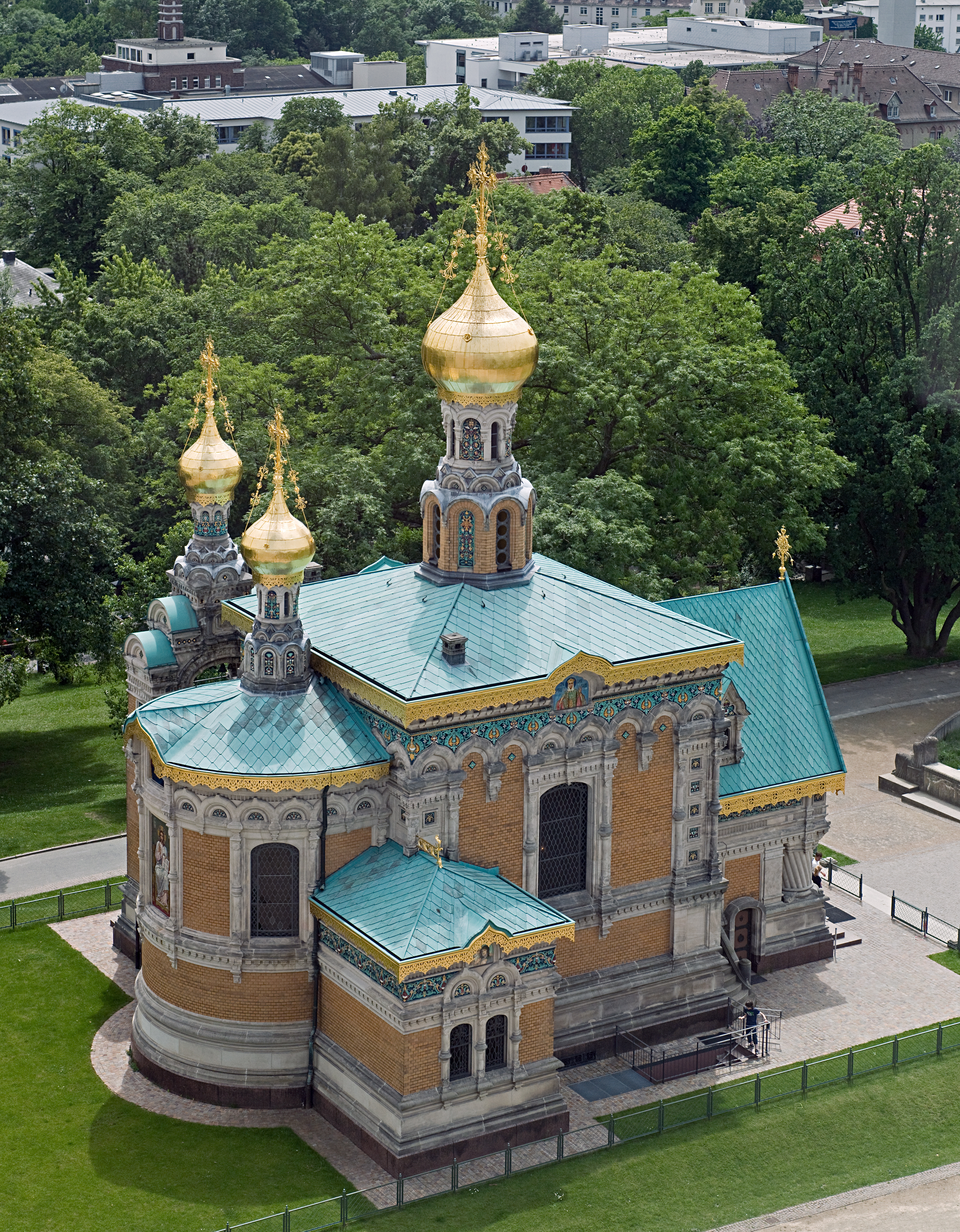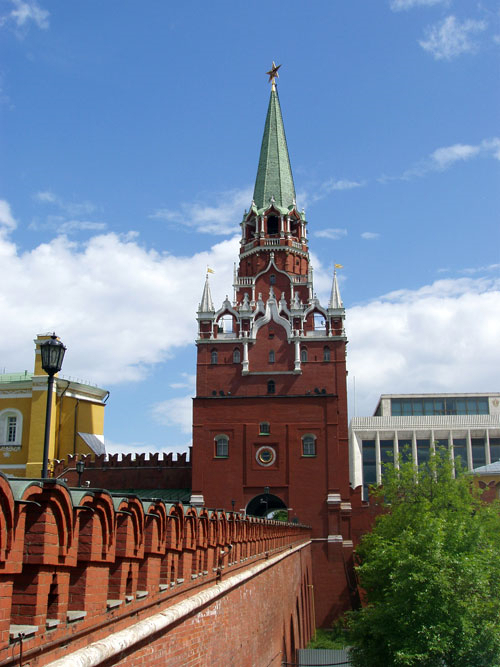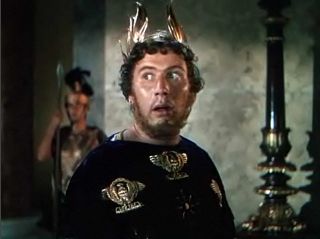|
Leon Benois
Leon Benois (russian: Леонтий Николаевич Бенуа; 1856 in Peterhof – 1928 in Leningrad) was a Russian architect from the Benois family. Biography He was the son of architect Nicholas Benois, the brother of artists Alexandre Benois and Albert Benois. He built the Roman Catholic cathedral of Notre-Dame in St Petersburg, the mausoleum of the Grand Dukes of Russia in the Peter and Paul Fortress, the Russian Chapel in Darmstadt, and the Alexander Nevsky Cathedral, Warsaw, among many other works. Benois served as Dean of the Imperial Academy of Arts (1903–06, 1911–17) and edited the architecture magazine '' Zodchii''. He gave his name to Leonardo da Vinci's painting '' Benois Madonna'' which he inherited from his father-in-law and presented to the Hermitage Museum The State Hermitage Museum ( rus, Государственный Эрмитаж, r=Gosudarstvennyj Ermitaž, p=ɡəsʊˈdarstvʲɪn(ː)ɨj ɪrmʲɪˈtaʂ, links=no) is a museum of art and ... [...More Info...] [...Related Items...] OR: [Wikipedia] [Google] [Baidu] |
Petergof
Petergof (russian: Петерго́ф), known as Petrodvorets () from 1944 to 1997, is a municipal town in Petrodvortsovy District of the federal city of St. Petersburg, located on the southern shore of the Gulf of Finland. The town hosts one of two campuses of Saint Petersburg State University and the Petrodvorets Watch Factory, one of the leading Russian watch manufactures. A series of palaces and gardens, laid out on the orders of Peter the Great and sometimes called the "Russian Versailles," is also situated there. The palace-ensemble along with the city center is recognized as a UNESCO World Heritage Site. Palaces, fountains, and gardens Petergof is named after the Peterhof Grand Palace, a sixteen-meter-high bluff lying less than a hundred meters from the shore. The so-called Lower Gardens (''Nizhny Sad''), at comprising the better part of the palace complex land area, are confined between this bluff and the shore, stretching east and west for roughly . The ... [...More Info...] [...Related Items...] OR: [Wikipedia] [Google] [Baidu] |
Russian Chapel In Darmstadt
The Russian Chapel in Darmstadt, formally, the St. Mary Magdalene Chapel, is a historic Russian Orthodox church at Mathildenhöhe in Darmstadt, Germany. The Russian revival style church with gold Onion domes was built between 1897–1899 by the architect Leon Benois, and used as a private chapel by the last Emperor of Russia, Nicholas II Nicholas II or Nikolai II Alexandrovich Romanov; spelled in pre-revolutionary script. ( 186817 July 1918), known in the Russian Orthodox Church as Saint Nicholas the Passion-Bearer,. was the last Emperor of Russia, King of Congress Polan ..., whose wife Alexandra was born in Darmstadt. It is named in honor of the patron saint of Nicholas II's mother. It was built of Russian stone and, as some people claim, built on soil from Russia brought to Darmstadt by train, and used during their lifetimes by the Russian Imperial family and court during regular visits to the Empress's childhood home and to her family. References External links ... [...More Info...] [...Related Items...] OR: [Wikipedia] [Google] [Baidu] |
1928 Deaths
Nineteen or 19 may refer to: * 19 (number), the natural number following 18 and preceding 20 * one of the years 19 BC, AD 19, 1919, 2019 Films * ''19'' (film), a 2001 Japanese film * ''Nineteen'' (film), a 1987 science fiction film Music * 19 (band), a Japanese pop music duo Albums * ''19'' (Adele album), 2008 * ''19'', a 2003 album by Alsou * ''19'', a 2006 album by Evan Yo * ''19'', a 2018 album by MHD * ''19'', one half of the double album '' 63/19'' by Kool A.D. * '' Number Nineteen'', a 1971 album by American jazz pianist Mal Waldron * ''XIX'' (EP), a 2019 EP by 1the9 Songs * "19" (song), a 1985 song by British musician Paul Hardcastle. * "Nineteen", a song by Bad4Good from the 1992 album ''Refugee A refugee, conventionally speaking, is a displaced person who has crossed national borders and who cannot or is unwilling to return home due to well-founded fear of persecution. [...More Info...] [...Related Items...] OR: [Wikipedia] [Google] [Baidu] |
1856 Births
Events January–March * January 8 – Borax deposits are discovered in large quantities by John Veatch in California. * January 23 – American paddle steamer SS Pacific (1849), SS ''Pacific'' leaves Liverpool (England) for a transatlantic voyage on which she will be lost with all 186 on board. * January 24 – U.S. President Franklin Pierce declares the new Free-Stater (Kansas), Free-State Topeka Constitution, Topeka government in "Bleeding Kansas" to be in rebellion. * January 26 – First Battle of Seattle (1856), Battle of Seattle: Marines from the suppress an indigenous uprising, in response to Governor Stevens' declaration of a "war of extermination" on Native communities. * January 29 ** The 223-mile North Carolina Railroad is completed from Goldsboro, North Carolina, Goldsboro through Raleigh, North Carolina, Raleigh and Salisbury, North Carolina, Salisbury to Charlotte, North Carolina, Charlotte. ** Queen Victoria institutes the Victoria Cross ... [...More Info...] [...Related Items...] OR: [Wikipedia] [Google] [Baidu] |
Russian Architects
This is a list of architects of the Russian Federation, Soviet Union, Russian Empire, Tsardom of Russia and Grand Duchy of Moscow, both ethnic Russians and people of other ethnicities. This list also includes those who were born in the ///Tsardom of Russia/Grand Duchy of Moscow but later emigrated, and those who were born elsewhere but immigrated to the country and/or worked there for a significant period of time. Attested biographies of architects in Russian history date back to 1475, when Aristotile Fioravanti, a native of Bologna, arrived in Moscow to build the Dormition Cathedral of the Moscow Kremlin. Foreign architects had a notable place in Russian and Soviet history, especially in the last quarter of the 18th century ( Charles Cameron, Bartolomeo Rastrelli, Carlo Rossi and others) and in the first quarter of the 20th century ( Mies van der Roe, Erich Mendelsohn, Ernst May and others). This list includes foreign architects whose primary, and most tangible work material ... [...More Info...] [...Related Items...] OR: [Wikipedia] [Google] [Baidu] |
Sir Peter Ustinov
Sir Peter Alexander Ustinov (born Peter Alexander Freiherr von Ustinov ; 16 April 192128 March 2004) was a British actor, filmmaker and writer. An internationally known raconteur, he was a fixture on television talk shows and lecture circuits for much of his career. An intellectual and diplomat, he held various academic posts and served as a goodwill ambassador for UNICEF and president of the World Federalist Movement. Ustinov was the winner of numerous awards during his life, including two Academy Awards for Best Supporting Actor, Emmy Awards, Golden Globes, and BAFTA Awards for acting, and a Grammy Award for best recording for children, as well as the recipient of governmental honours from, amongst others, the United Kingdom, France, and Germany. He also displayed a unique cultural versatility which frequently earned him the accolade of a Renaissance man. Miklós Rózsa, composer of the music for ''Quo Vadis'' and of numerous concert works, dedicated his String Quartet No. 1 ... [...More Info...] [...Related Items...] OR: [Wikipedia] [Google] [Baidu] |
Nadia Benois
Nadezhda Leontievna Ustinova (russian: Надежда Леонтьевна Устинова; 27 April 18968 December 1975), née ''Benois'' (Бенуа), better known as Nadia Benois, was a Russian-born painter of still lifes and landscapes, and stage designer. Her father Leon Benois belonged to the Benois family. She was the mother of British actor, writer, and filmmaker Sir Peter Ustinov. Nadezhda studied how to be an artist at St. Petersburg Academy of Fine Arts. On 17 July 1920, Benois married Jona Ustinov, a journalist and diplomat; the couple subsequently settled in London, where Peter, their only child, was born in 1921. In 1935, Jona became a British subject. In the course of her travels, Benois painted the impressionist landscapes of London street, Wales, Ireland, and Scotland. She exhibited her works in the Goupil, Redfern, Beaux-Arts, and other galleries, and is mentioned in multiple Journals from the Royal Arts Society. Some of her still lifes were acquired by the ... [...More Info...] [...Related Items...] OR: [Wikipedia] [Google] [Baidu] |
Hermitage Museum
The State Hermitage Museum ( rus, Государственный Эрмитаж, r=Gosudarstvennyj Ermitaž, p=ɡəsʊˈdarstvʲɪn(ː)ɨj ɪrmʲɪˈtaʂ, links=no) is a museum of art and culture in Saint Petersburg, Russia. It is the largest art museum in the world by gallery space. It was founded in 1764 when Empress Catherine the Great acquired an impressive collection of paintings from the Berlin merchant Johann Ernst Gotzkowsky. The museum celebrates the anniversary of its founding each year on 7 December, Saint Catherine's Day. It has been open to the public since 1852. The '' Art Newspaper'' ranked the museum 6th in their list of the most visited art museums, with 1,649,443 visitors in 2021. Its collections, of which only a small part is on permanent display, comprise over three million items (the numismatic collection accounts for about one-third of them). The collections occupy a large complex of six historic buildings along Palace Embankment, including the Win ... [...More Info...] [...Related Items...] OR: [Wikipedia] [Google] [Baidu] |
Benois Madonna
The ''Benois Madonna'', otherwise known as the ''Madonna and Child with Flowers'', is a painting by the Italian Renaissance master Leonardo da Vinci in the Hermitage Museum, Saint Petersburg. One of two Madonnas begun by Leonardo in October 1478, it was completed 1478–1480; the other was the '' Madonna of the Carnation'', now in the Alte Pinakothek, Munich. History It is likely that the ''Benois Madonna'' was the first work painted by Leonardo independently from his master Andrea del Verrocchio. Two of Leonardo's preliminary sketches for this work are in the British Museum, although the painting was probably overpainted by other hands. The preliminary sketches and the painting itself suggest that Leonardo was concentrating on the idea of sight and perspective. The child is thought to be guiding his mother's hands into his central vision. (subscription required) The ''Benois Madonna'' has proved to be one of Leonardo's most popular works. It was extensively copied by young pa ... [...More Info...] [...Related Items...] OR: [Wikipedia] [Google] [Baidu] |
Leonardo Da Vinci
Leonardo di ser Piero da Vinci (15 April 14522 May 1519) was an Italian polymath of the High Renaissance who was active as a painter, Drawing, draughtsman, engineer, scientist, theorist, sculptor, and architect. While his fame initially rested on his achievements as a painter, he also became known for #Journals and notes, his notebooks, in which he made drawings and notes on a variety of subjects, including anatomy, astronomy, botany, cartography, painting, and paleontology. Leonardo is widely regarded to have been a genius who epitomized the Renaissance humanism, Renaissance humanist ideal, and his List of works by Leonardo da Vinci, collective works comprise a contribution to later generations of artists matched only by that of his younger contemporary, Michelangelo. Born Legitimacy (family law), out of wedlock to a successful Civil law notary, notary and a lower-class woman in, or near, Vinci, Tuscany, Vinci, he was educated in Florence by the Italian painter and sculpto ... [...More Info...] [...Related Items...] OR: [Wikipedia] [Google] [Baidu] |
Zodchii
''Zodchii'' (russian: Зодчий, pre-1918 spelling: Зодчій, lit=The Architect) was a Russian architectural periodical published in Saint Petersburg from 1872 to 1924. History ''Zodchii'' was the official organ of the Saint Petersburg (later: Petrograd) Society of Architects and was an important pre-revolutionary Russian architectural periodical. First published in 1872, it appeared monthly (between 1902 and December 1917 weekly) through February 1918. A single issue followed in 1924. A weekly supplement, ''Nedelia Stroitelia'' (''Builders' Weekly''), was published from 1881 until 1903. ''Zodchii'' published articles on architecture, the history of architecture, and construction technology, book and exhibitions reviews, reports on professional meetings of the Society of Architects, as well as "information on technical innovations in Western Europe and the United States." Since 1872, it ran a regular column on construction in the United States. Editors Among the edito ... [...More Info...] [...Related Items...] OR: [Wikipedia] [Google] [Baidu] |
Imperial Academy Of Arts
The Russian Academy of Arts, informally known as the Saint Petersburg Academy of Arts, was an art academy in Saint Petersburg, founded in 1757 by the founder of the Imperial Moscow University Ivan Shuvalov under the name ''Academy of the Three Noblest Arts''. Elizabeth of Russia renamed it the Imperial Academy of Arts and commissioned a new building, completed 25 years later in 1789 by the Neva River. The academy promoted the neoclassical style and technique, and sent its promising students to European capitals for further study. Training at the academy was virtually required for artists to make successful careers. Formally abolished in 1918 after the Russian Revolution, the academy was renamed several times. It established free tuition; students from across the country competed fiercely for its few places annually. In 1947 the national institution was moved to Moscow, and much of its art collection was moved to the Hermitage. The building in Leningrad was devoted to the ... [...More Info...] [...Related Items...] OR: [Wikipedia] [Google] [Baidu] |







.jpg)
